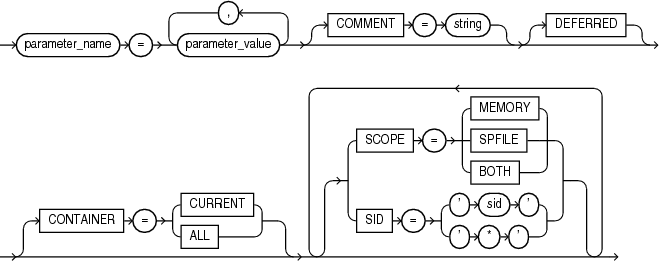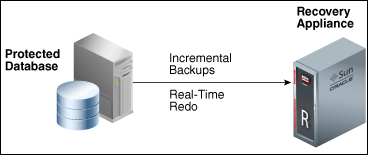Oracle Data Guard Broker allows the database administrators to automate some tasks and an easy way to configure properly a lot of features and details for data guard environments. The Fast-Start FailOver (FSFO) allows the broker to automatically failover to standby database in case of failure of the primary. But until 19c the only option is always to trigger the failover. This changed at 19c with a nice new feature that allows us to put FSFO in Observe-Only Mode.
In this post, I will focus just on new features for FSFO like Observer-Only Mode and Health Conditions for it. Lag and other details will not be covered here.
Observe-Only Mode
The Observe-Only Mode is a simple change that allows putting the FSFO to just observing/monitoring the DG environment, but in case of failure, it does not change the roles between primary and standby. Simple like that. As the Broker documentation for Observe-Only Mode says:
The observe-only mode enables you to test the impact of using fast-start failover in your configuration, without making any actual changes to the configuration.

